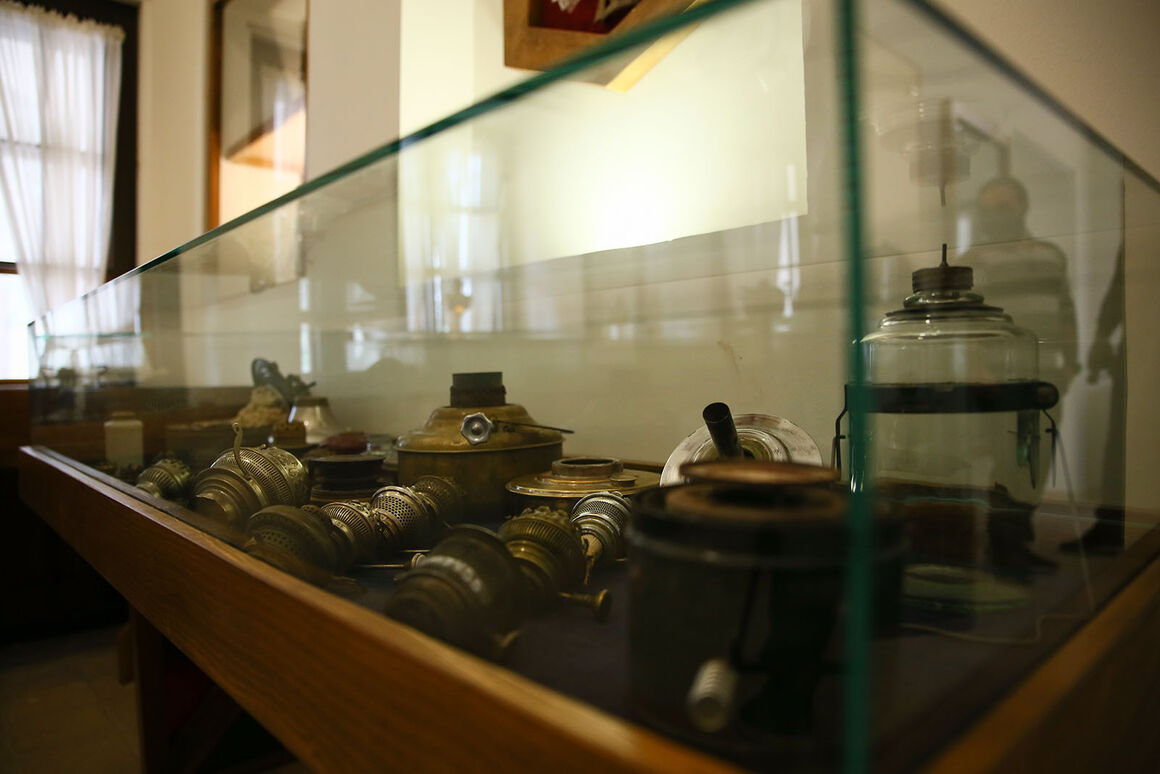The following is a brief review of the activities of the Directorate.
Background of Historical Documents
Akbar Nematollahi, director of Petroleum Industry Museums and Documents, touched on the background of historical documents in Iran, saying: “Considering documents in Iran dates from long time ago. In addition to public attention and sensitivity, legislation for state-run organizations and ministries dates back to 50 years ago.”
In 1969, the National Consultative Assembly and the Senate adopted legislation that required all ministries and state organs to preserve important and valuable documents. National Iranian Oil Company (NIOC) also issued a directive in early 1970, requiring that all original documents be preserved. It announced that any elimination of NIOC documents just on the grounds of statute of limitation was illegal.
Nematollahi said in 1972, the then Board of Directors of NIOC established a committee for “regulating bylaws on identifying redundant papers and their elimination”. Members of this committee were from various sections of the company. They had to study the subject and adopt regulations. The committee was later renamed “Evaluation and Identification of Redundant and Crushable Documents and Papers”.
Later that year, the committee was instructed to win approval from competent authorities prior to deciding to eliminate any documents pertaining to litigation in favor or against NIOC and its subsidiaries. Elimination of archived documents and papers was subject to the committee making sure that the documents had no administrative, financial, economic, political, cultural or historic value.
Post-Revolution Documentation
The instructions issued by National Iranian Oil Company (NIOC) on documents following the 1979 Islamic Revolution and establishment of Petroleum Ministry were effective until in 1996, previous regulations were updated and a new directive was issued under the title of “Evaluation of Documents”.
Throughout the implementation of this new directive, an important issue that had been forgotten was the absence of a ministerial body to consider the historical, cultural, social and political value of documents. That might have led to the destruction of many important documents.
Following Minister of Petroleum Bijan Zangeneh’s 2013 directive on the inauguration of petroleum museums, petroleum industry documents were also taken into consideration. Now, by benefiting from the experience of managers, experts and pundits in the documentation sector, gathering, recovering and revival of documents at the level of Petroleum Ministry its subsidiaries are on the agenda. In light of planning and cooperation among various sectors of the Petroleum Ministry, valuable documents have been gathered.
The documents held at the documents’ center of petroleum industry are all original, and contain valuable points. Such documents as agreements, memorandums and protocols, documents related to the first and second generations of the petroleum industry, senior petroleum industry officials (appointments and dismissals, promotions, special orders), documents and correspondence on important decisions, mutual correspondence with other ministries as well as national and international bodies, letterheads from various periods, maps, seals, technical charts, financial documents, confirmed oil project documents, books on oil and gas studies, old oil magazines, photos, films, news reports on the petroleum industry as well as petroleum industry artworks all lie under the category of documents at the “Petroleum Industry Documents Center”.
Nematollahi said the center was tasked with recovering, extracting and deciding on preservation or elimination of petroleum industry documents, gathering, classifying, reviving and repairing oil documents and then preparing them for historical, social, political and economic research by writers, researchers and anyone else interested in this sector, cooperation with oil document evaluation committees at the level of Petroleum Ministry and the four main subsidiaries with a view to identifying documents that would be preserved or eliminated, and finally adopting complementary regulations to create files for the documents.
Documents Center, New Family Member
Farshid Khodadadian, director of “Petroleum Industry Documents Center”, said: “The Petroleum Industry Documents Center” is a key member of the large family of the petroleum industry. It is tasked with safeguarding the identity, experience and more precisely the history of Iran’s petroleum industry. Some petroleum industry veterans or administrative centers have handed over valuable documents and items to the petroleum museums.
Documents have to go through a special procedure after arrival at the Center. They are divided based on affiliation with one of the following: Petroleum Ministry, (NIOC), National Iranian Gas Company (NIGC), National Iranian Oil Refining and Distribution Company (NIORDC) and National Petrochemical Company (NPC).
Dusting and disinfecting constitute the next stage of work on the documents. The documents that may need repair would be identified to be recreated. They are then moved to separate centers to be scanned and loaded in software. This center comprises six major sections – disinfection, restoration, listing, scanning, photography and film, library, press archives and research section.
Industrial Heritage
In addition to documents and photos, devices, tools and artefacts occupy an important place in the petroleum industry heritage.
The objects section of the “Petroleum Industry Documents Center” plans to archive the industrial heritage of the country in the oil and gas sector by arranging these items.
Throughout the century-old history of the petroleum industry in Iran, equipment and devices related to the petroleum industry including pumps, energy generators and engines, separators, distillers, pipes and joints as well as machinery and equipment for the oil, gas, petrochemical, refining and distribution sectors have been used. At this museum items are exhibited from the time steam was used for automation until electricity replaced it. Mechanical and manual controllers used prior to being supplanted by digital ones and artificial intelligence are on display. Identifying, gathering, restoring and preserving this equipment based on their timeline constitute the industrial heritage treasury at the “Petroleum Industry Documents Center”.
Most equipment and machinery at this center are unique. It is noteworthy that some of them even no longer exist in the warehouses of manufacturing plants.
Courtesy of Iran Petroleum


Your Comment